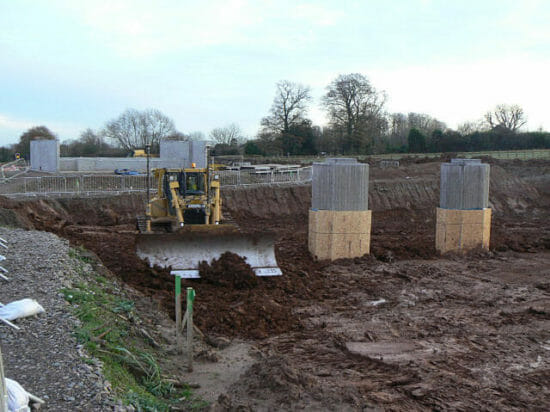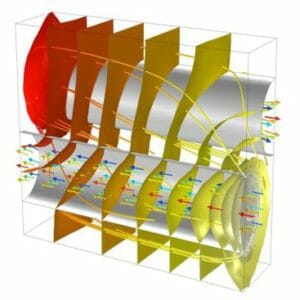E – 1259 Foundations on Fill and Backfilling
$75.00
Courses Included
Foundations may be constructed on fills and backfilled material. Fills may include conventional compacted fills; hydraulic fills; and uncontrolled fills of soils or industrial and domestic wastes, such as ashes, slag, chemical wastes, building rubble, and refuse. Properly placed compacted fill will be more rigid and uniform and have greater strength than most natural soils. Hydraulic fills may be compacted or uncompacted and are an economical means of providing fill over large areas. Except when cohesionless materials, i.e., clean sands and gravels, are placed under controlled conditions so silty pockets are avoided and are compacted as they are placed, hydraulic fills will generally require some type of stabilization to ensure adequate foundations.
Course Outline
1. TYPES OF FILL
2. FOUNDATIONS ON COMPACTED FILLS
3. COMPACTION REQUIREMENTS
4. PLACING AND CONTROL OF BACKFILL
5. FILL SETTLEMENTS
6. HYDRAULIC FILLS
This is an introduction to methods, techniques and equipment for selecting, placing and compacting fill and backfill materials for structure foundations.
Description
Foundations may be constructed on fills and backfilled material. Fills may include conventional compacted fills; hydraulic fills; and uncontrolled fills of soils or industrial and domestic wastes, such as ashes, slag, chemical wastes, building rubble, and refuse. Properly placed compacted fill will be more rigid and uniform and have greater strength than most natural soils. Hydraulic fills may be compacted or uncompacted and are an economical means of providing fill over large areas. Except when cohesionless materials, i.e., clean sands and gravels, are placed under controlled conditions so silty pockets are avoided and are compacted as they are placed, hydraulic fills will generally require some type of stabilization to ensure adequate foundations.
Course Outline
1. TYPES OF FILL
2. FOUNDATIONS ON COMPACTED FILLS
3. COMPACTION REQUIREMENTS
4. PLACING AND CONTROL OF BACKFILL
5. FILL SETTLEMENTS
6. HYDRAULIC FILLS
This is an introduction to methods, techniques and equipment for selecting, placing and compacting fill and backfill materials for structure foundations.
- Learn about the different methods for compacting fills for foundations;
- Learn about the types of fill and when their use is applicable;
- Learn the methods and techniques used to construct foundations on compacted fills;
- Learn the different compaction requirements for fills and backfills depending on the soil type used and the nature of the foundation to be constructed;
- Learn the fundamentals of placing and controlling fill and backfill;
- Learn how to accommodate and control fill settlement; and
- Learn about hydraulic fills and their application.






